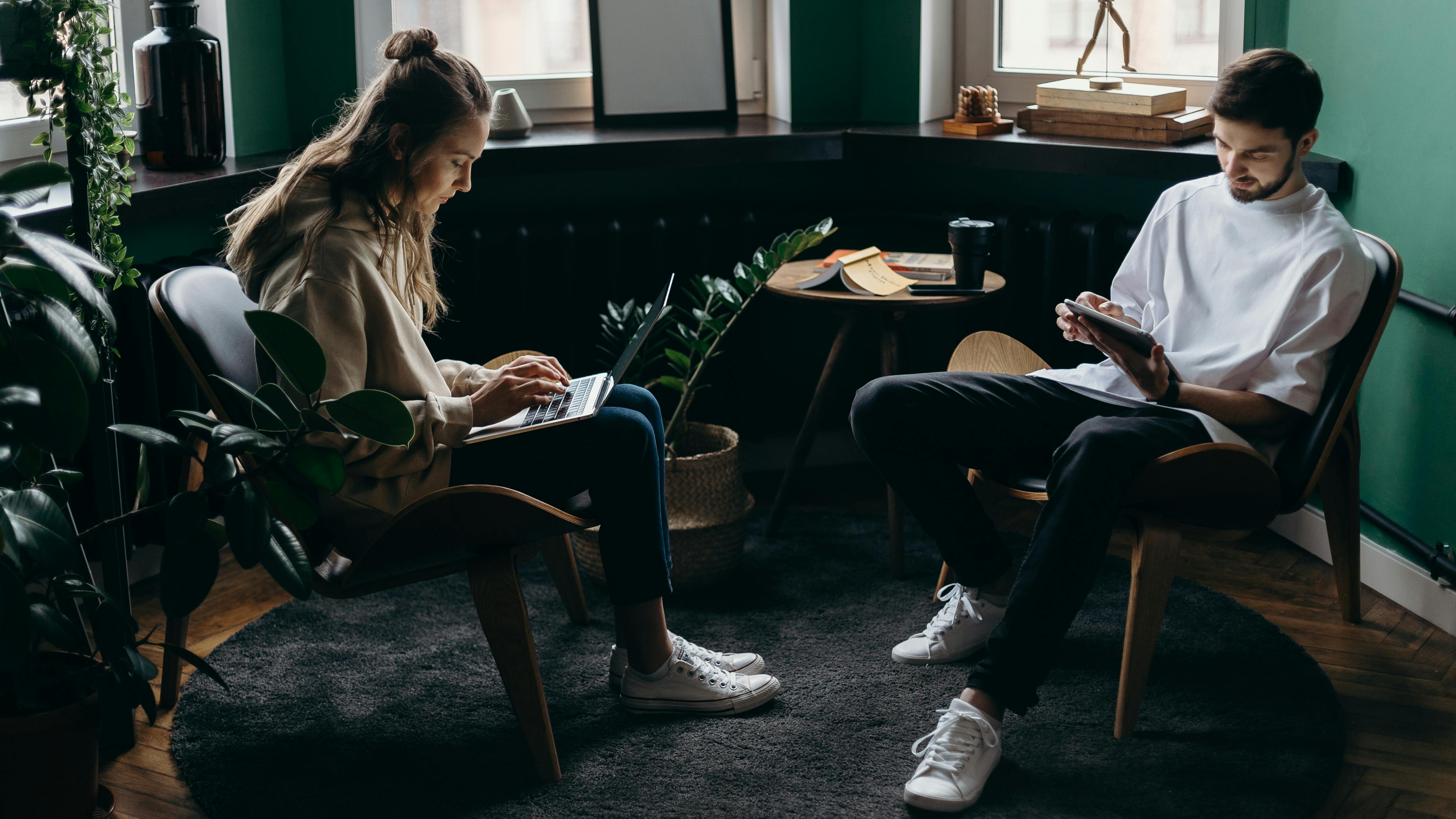Most contemporary recipes call for “Extra Virgin Olive Oil”, in a vain attempt to appear “healthy”, “wholesome” and “fancy”.
I select my cooking oils based on what I am preparing.
If I’m sautéing, searing, or woking, I use oils that have high smoke points.
What is a smoke point?
Each oil has its own “smoke point,” which is the temperature at which the oil begins to break down. Always select an oil that has a higher smoke point than the temperature at which you will cook.
For example, “Extra Virgin Olive Oil” is not suitable for sautéing. Extra virgin olive oil has a smoke point of 274°F, while sautéing is often done at temperatures above 320°F. Extra Virgin Olive Oil decomposes at these temperatures. The byproducts of this broken down oil can be unpleasant and bad tasting.
You will see that in most of my recipes I ask for “Extra Light Olive Oil”. That’s no coincidence: extra light olive oil has a smoke point of 468°F. That’s good enough for most of my high-temperature cooking. For wok cooking, I prefer avocado oil, with a smoke point of 520°F, which pretty much guarantees I won’t burn it.
As an aside, while butter is not good for cooking at temperatures above 302°F, its clarified cousin, Ghee, is good for cooking at temperatures up to 482°F.
Dump or swirl?
A big mistake most cooks make is pouring a pile of oil into a cold pan, then putting the pan on the heat.
While this may be convenient, all it does is invite burnt oil.
Frying pans and most woks have a sloped edge. Accumulated oil tends to heat up around the edges unevenly. The immediate oil film on the thin edge will tend to overheat while the bulk of the oil is still trying to come up to temperature.
A method favored by professionals is to place a dry skillet or wok directly over the heat and bring to temperature.
They test the temperature of the pan by sprinkling a few drops of water into the pan. If the water is dripping and sizzling, the pan is usually ready to receive the oil.
Swirl in the oil means to make an even coating throughout the pan. This can also be accomplished by pouring in the oil and using a spatula to spread the oil around.
When adding oil to a wok, drizzle the oil in a thin layer around the top edge of the wok, about halfway up the side. That way the thin sheet of oil has a chance to heat up as it slides down the hot sides.
The other beneficial effect of adding oil to an already hot pan is that the pores in the metal will open up and some of the oil will flow into the metal and increase its natural tendency to be “non-stick”. they have a layer of charred oil firmly embedded in their surface and thus make the wok virtually non-stick over time.
What about nonstick pans?
The purpose of greasing a regular skillet is to try to prevent food from sticking. The nonstick skillet doesn’t have that problem.
You can grease a nonstick pan just like you would an uncoated pan.
The only use of oil in a nonstick pan is to create a crispy medium that gives a bit of color and a bit of flavor to the food being cooked.
Can I use cooking spray on a nonstick skillet?
My immediate response is a resounding “NO!”
Steer clear of and resist the urge to use cooking sprays on nonstick pans, no matter what the manufacturer or your friends say.
Cooking sprays are only intended for use with uncoated pans and also for cooling oil-filled roasting racks.
When you use a cooking spray on a hot nonstick pan, some of the cooking spray material immediately breaks down, sticking to the surface of the pan and bonding with the pan coating. This causes a very thin film of material that makes the pan “sticky” again. The thin, candy shell-like coating will not wash off, and excessive rubbing with an abrasive can ruin the original coating.
Can I wash those greased pans?
My immediate response is again, “No!”
Cleaning such a pan requires the use of something as simple as a piece of newspaper and some hot water. Rinse the pan, then use a piece of newspaper to wipe and dry the pan. For the purists, I suggest rinsing the pan under hot water, then pat dry with paper towels.
It is good practice to rub a thin layer of fresh oil into a rinsed and dried cast iron skillet. Place the dry, oiled pan in a hot oven to dry completely. Bring the pan to about 200°F and leave it for about 15 minutes. Then, let the pan come to room temperature and wipe off any residual oil before putting it away.
Treat a wok in the same way.
I use a bamboo brush made specifically for scrubbing woks. I clean my woks immediately after cooking by running them under extremely hot tap water and vigorously scrubbing the inside with the bamboo brush to remove any stuck-on food. I don’t push hard enough to damage the coating.
Then I immediately dry the wok dry with paper towels, rub a thin layer of fresh oil over the inside of the wok, and return it to the heat. I heat the wok slightly until it is too hot to touch. I then remove the wok from the heat and let it cool naturally. When the wok comes to room temperature, I wipe off any excess oil, then set it down in the storage area of my skillet.
By taking a little care with your pans, they will serve you well for many years.

